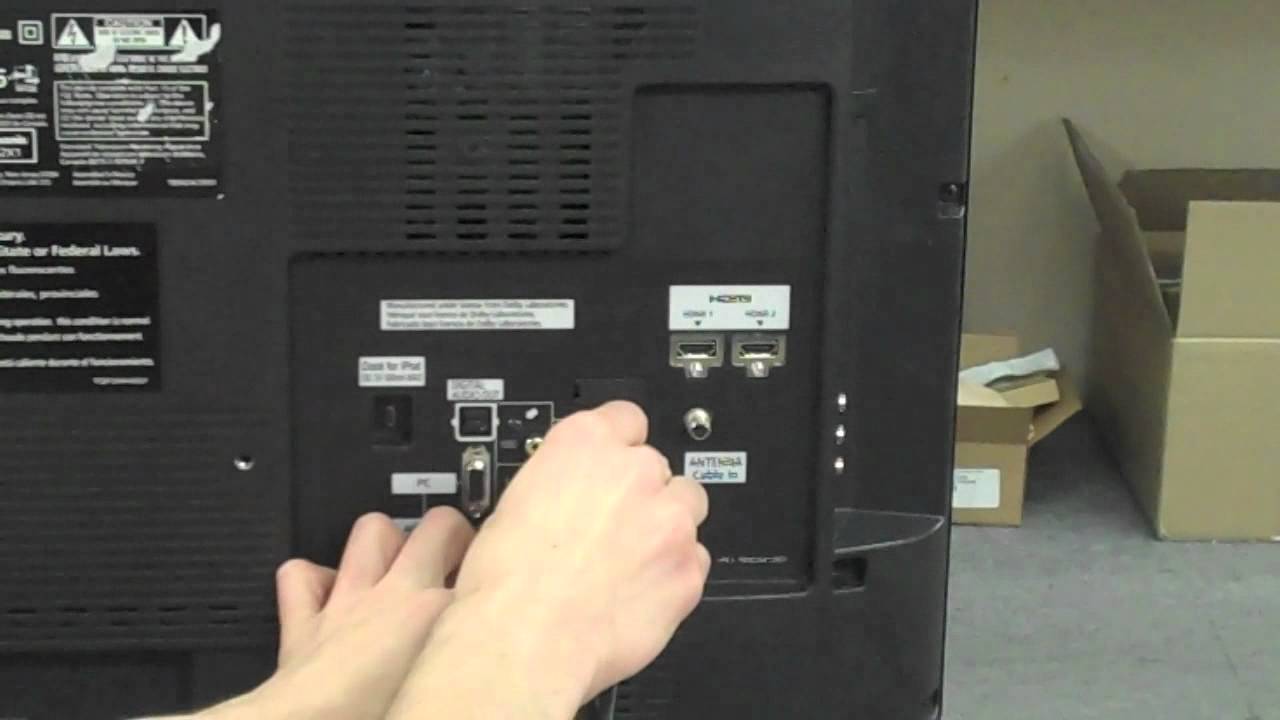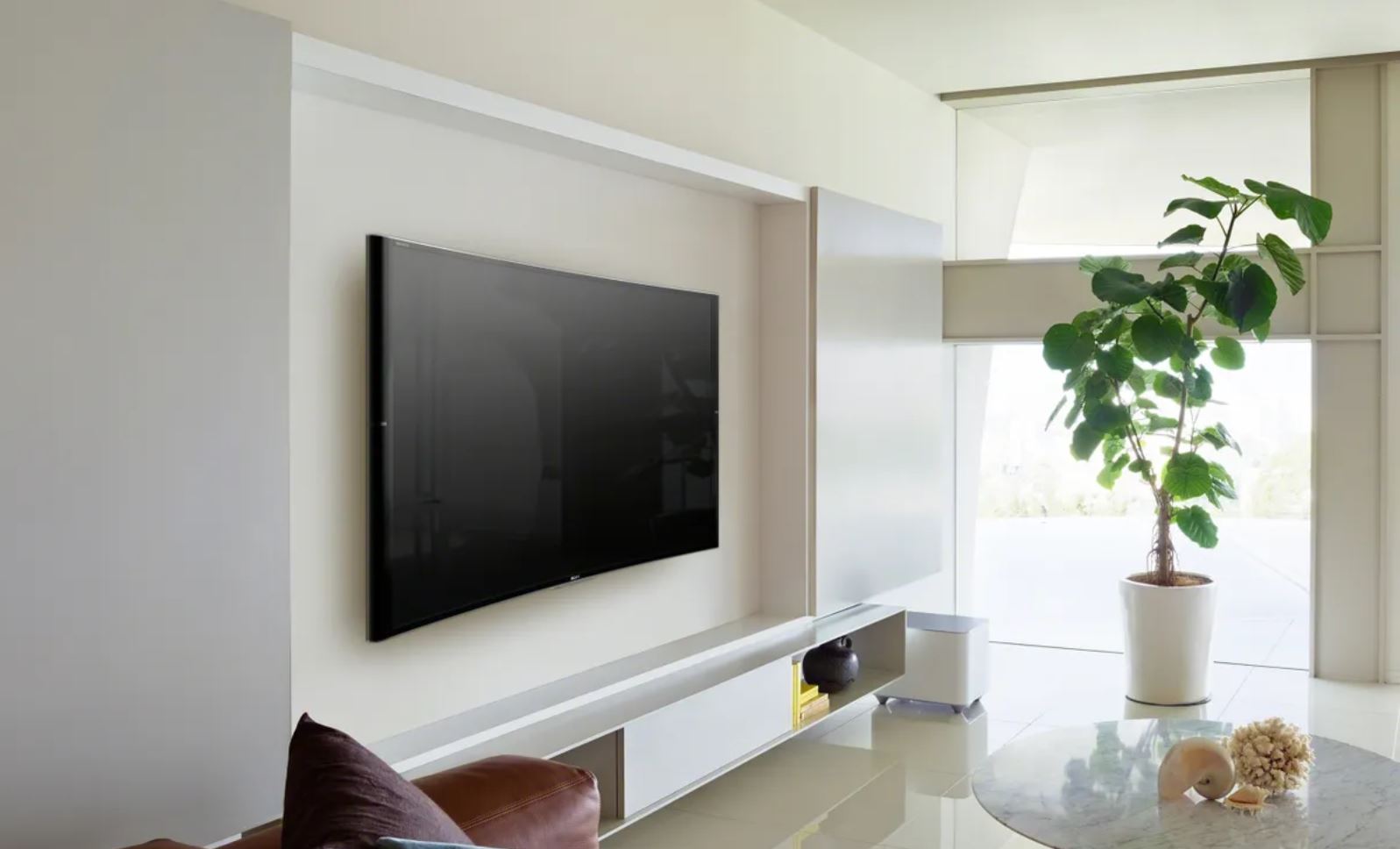When it comes to mounting a TV on the wall, there are several options to choose from. One of the most important decisions you’ll need to make is the type of TV wall mount you want to use. The three main types of TV wall mounts are fixed, tilting, and full-motion. Each type has its own unique set of features and benefits, and the right type for you will depend on your specific needs and preferences.
Fixed TV wall mounts are the most basic and affordable option. As the name suggests, a fixed TV wall mount allows the TV to be mounted on the wall at a fixed position and angle. This type of TV wall mount is best for TVs that are mounted in a fixed location, such as in a living room or bedroom, where the viewing angle is not likely to change.
One of the main benefits of a fixed TV wall mount is its simplicity and ease of use. This type of TV wall mount is easy to install and doesn’t require any adjustments once it’s in place. It’s also a good option for TVs that are mounted on a solid wall, such as a brick or concrete wall, where stability and support are not an issue.
However, a fixed TV wall mount does have some limitations. Because the TV is mounted at a fixed position and angle, it cannot be adjusted or moved once it’s in place. This means that you won’t be able to change the viewing angle or move the TV to a different location. In addition, a fixed TV wall mount may not be the best option for TVs that are mounted above a fireplace or other focal point, where the viewing angle may need to be adjusted.
Tilting TV wall mounts are a step up from fixed TV wall mounts in terms of functionality and flexibility. A tilting TV wall mount allows the TV to be tilted up or down, which can be useful for adjusting the viewing angle. This type of TV wall mount is best for TVs that are mounted in a location where the viewing angle may need to be adjusted, such as in a bedroom or above a fireplace.
One of the main benefits of a tilting TV wall mount is its ability to adjust the viewing angle. This can be useful for preventing glare from windows or overhead lights, or for adjusting the viewing angle to accommodate different seating arrangements. In addition, a tilting TV wall mount is easy to install and doesn’t require any special tools or expertise.
However, a tilting TV wall mount does have some limitations. Because the TV can only be tilted up or down, it cannot be moved or adjusted in other directions. This means that you won’t be able to change the position of the TV or move it to a different location. In addition, a tilting TV wall mount may not be the best option for TVs that are mounted on a drywall or plaster wall, where additional stability and support may be needed.
Full-motion TV wall mounts are the most versatile and flexible option. A full-motion TV wall mount allows the TV to be moved and adjusted in multiple directions, which is ideal for TVs that are mounted in a corner or in a multi-purpose room. This type of TV wall mount is best for TVs that are mounted in a location where the viewing angle and position may need to be adjusted frequently, such as in a home theater or game room.
One of the main benefits of a full-motion TV wall mount is its flexibility and versatility. This type of TV wall mount allows the TV to be moved and adjusted in any direction, which can be useful for changing the viewing angle or position to accommodate different activities or seating arrangements. In addition, a full-motion TV wall mount is easy to install and comes with a range of features, such as cable



